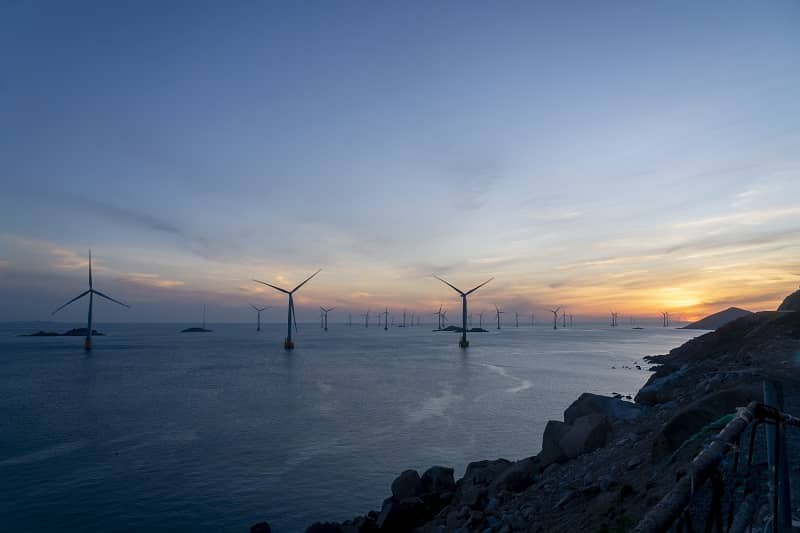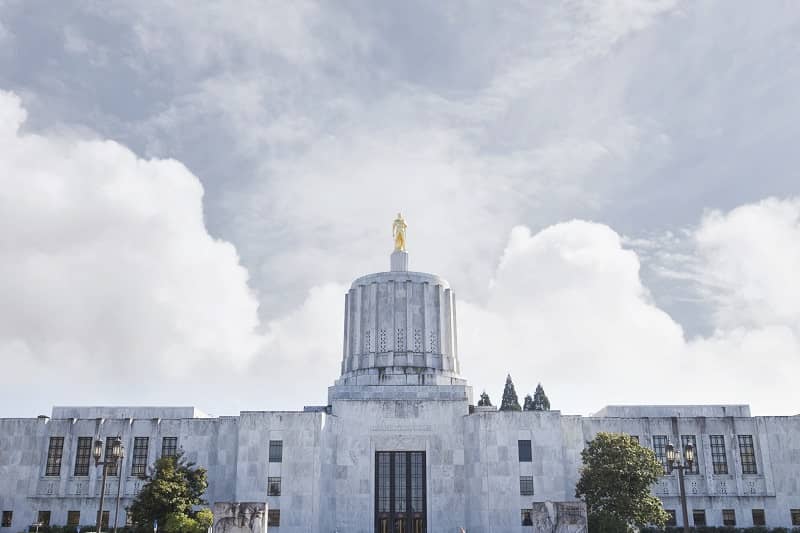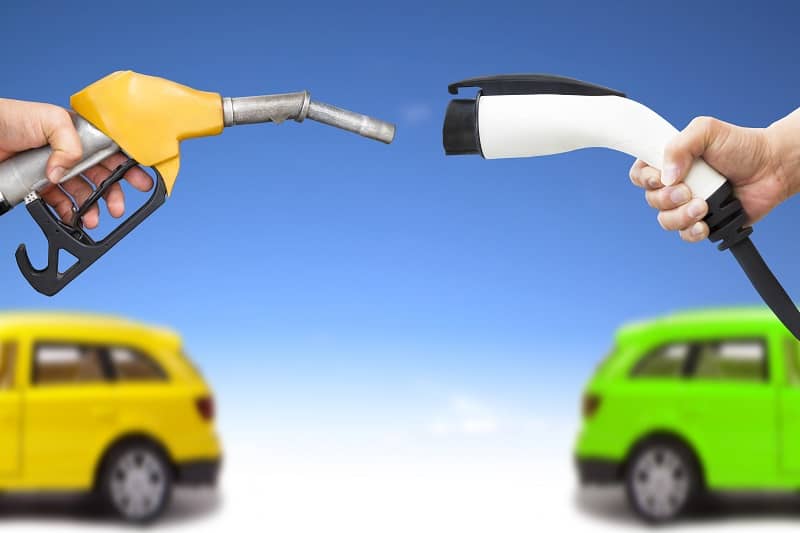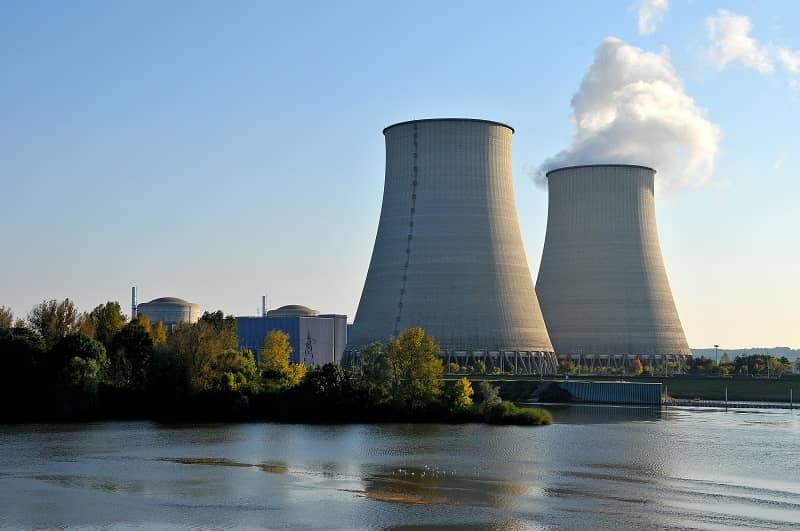
By Todd Wynn and John A. Charles, Jr.
Summary: Numerous federal, state and local policies aim to reduce vehicle miles travelled as a carbon-emissions reduction plan, yet rarely considered are the possible economic effects of these policies. New evidence shows that those effects are likely to damage both the environment and the economy.
Fears of climate change have led national, state and even local governments to attempt to reduce human emitted greenhouse gases from various sectors in the economy. Because vehicle travel represents a large share of total energy consumption in the United States, there has been considerable focus on reducing vehicle miles travelled (VMT). Numerous policies are in place or are under consideration to reduce VMT, yet rarely considered are the possible economic effects of such policies. New evidence shows that those effects are likely to be quite negative.
The transportation sector consumes approximately 30 percent of total energy use in the United States, and light vehicles represent about 60 percent of transportation energy. Advocates of VMT reduction assume, incorrectly, that reduced driving will lead to reduced emissions by the same amount, and are therefore promoting such measures as reduced numbers of road lanes, prohibitions on the construction of large retail stores, increased prices for city-owned parking, strict land-use regulations to densify communities, and subsidies for “transit-oriented” development.
These policies are destined to fail because they are based on faulty assessments of the relationship between driving, carbon emissions and economic growth. First, there is not a one-to-one relationship between the number of vehicle miles driven and emissions. The traffic conditions under which vehicles are operated will influence significantly the amount of fuel consumed, and thus carbon dioxide emitted. For example, when millions of motor vehicles are stuck in traffic jams on I-5 and I-84 in the morning, fuel is being burned even though relatively few miles are being driven. If strategies were adopted to ensure free-flow driving conditions, total greenhouse gas emissions would actually drop anywhere from 50-90% per mile driven.
Second, driving is intimately connected with economic growth. Over the past 40 years in Oregon, every new job created led to an additional 15,500 VMT. We also know that VMT per capita rises by roughly 360 miles for every increase of $1,000 in personal income. So, forcing a reduction of driving runs the risk of eliminating jobs and lowering household incomes in Oregon. A new study by Dr. Randall Pozdena takes the analysis even further, by demonstrating that there is actually a cause-and-effect relationship between driving and economic output, both in Oregon and around the world. Using historical data from the U.S. and 177 countries to examine the relationship among vehicle activity, energy use and the economy, the study concludes that VMT is a “large and significant driver of gross domestic product.”
Because of this causal relationship, any attempt to force a decrease in VMT would result in a reduction of GDP, and thus more job losses for Oregon. A one-percent reduction in VMT per person is expected to cause a 0.9 percent drop in GDP per person in the short run (two years). In the long run (20 years), it would cause a 0.46 percent drop in GDP per person.
Despite these findings, many governments are intent on reducing the amount of miles each citizen drives, including those in Oregon. For instance, the City of Portland has released a climate action plan that will attempt to reduce VMT by 50 percent by 2030. Not only is this naïve (Portland-area VMT per capita has actually been increasing since 1990, from 18.8 miles per day to 20.0 miles per day in 2007), the regional economy would crash if those VMT goals were met via regulation.
Fortunately, there is a way out of this dilemma. The key is focusing on highway traffic congestion. Not only is congestion an unwanted source of excess carbon emissions, it is a huge drain on the economy, so reducing congestion can solve two problems at once. The way to do that is to strategically convert the region’s highways into electronic tollways, charging user fees by the mile with variable rates to reflect the fact that sometimes highways are over-booked and other times they are lightly used.
Peak-hour pricing on the entire metropolitan highway system would greatly increase travel speeds for millions of daily vehicle trips, lower air pollution, reduce fuel consumption, and increase the total vehicle throughput per/hour (because highway lanes capable of carrying 2,000 vehicles per hour carry only half to two-thirds that volume in stop-and-go conditions). Properly priced highways are extremely efficient, and efficiency is a good thing for both the environment and the economy.
The global climate benefits of policies aimed at reducing VMT are impossible to calculate and may not even exist, but the costs will be real, local and immediate. Therefore, any attempt to forcibly reduce driving should be approached with extreme caution.











